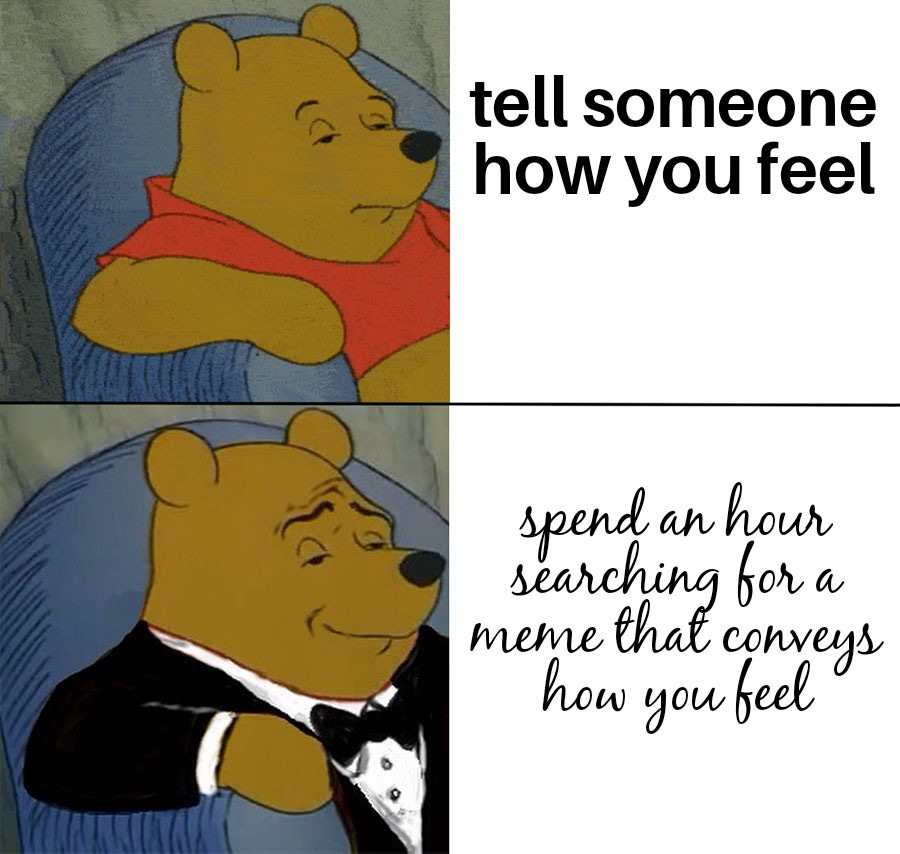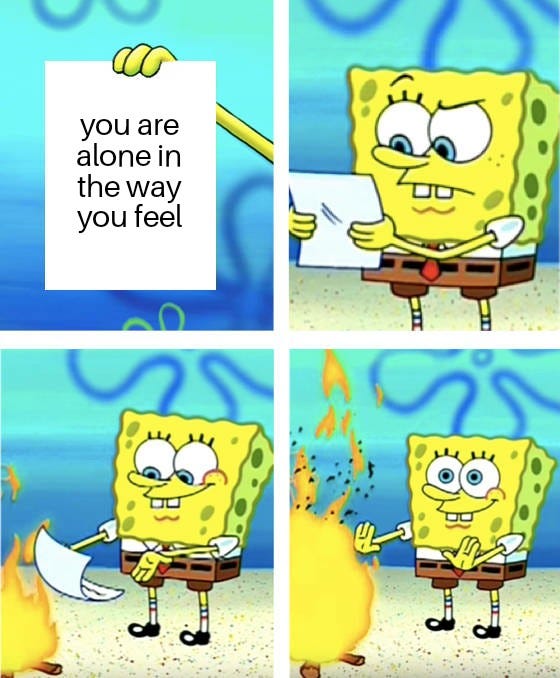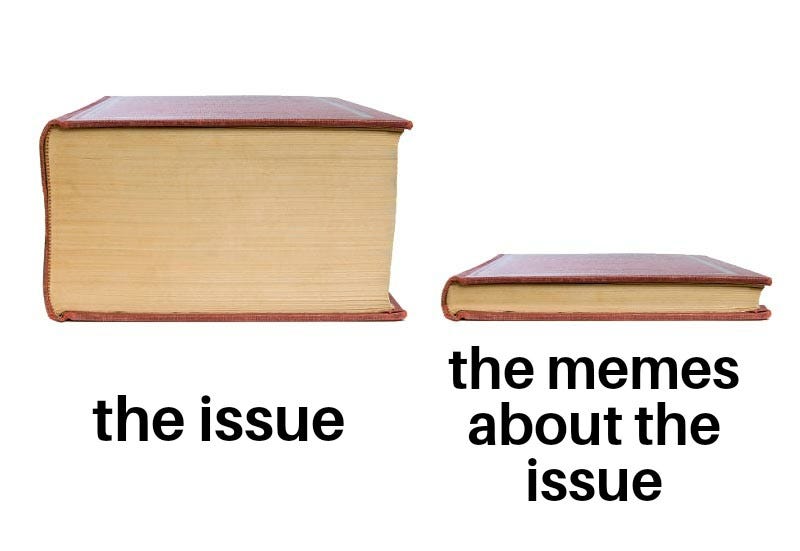POV: It’s Sunday evening and you’re thinking about someone you met a few days ago. You felt a connection, and now you want to start a conversation. You want them to know you’re thinking of them- without actually telling them that, of course. You need to say something that reflects your tastes and personality, but at the same time you want to be chill; not seem like you’re making too much of an effort. So you head over to Instagram and send them a meme.
We’ve all done this, no matter how expressive we are, how original our thoughts or how much we have in common with the person we’re trying to connect with. It’s sometimes just easier to communicate using a medium that gives you some of the conversational brownie points while assigning most of the effort to a nameless and faceless person on the internet. And it works so well!
Exchanging memes is a fun, non-invasive way of getting to know someone.
First of all, there’s the connection through shared humour, which works as a bonding agent. Memes are usually funny and can unearth shared ideas and experiences in a lighthearted manner. Whether you’re 😂reacting to a video of a Golden Retriever stealing food or forwarding a post talking about the existential dread you didn’t even know you had, you’re actually creating shared context and reference points for future conversations. You can learn a lot about a person from what they laugh at.
There’s also a certain candor that comes with non-accountability. Through memes, you can say things you might never be able to directly, because you’re not actually saying them. You’re merely endorsing the thoughts or emotions that someone you may not even know has about a particular situation. However, in the process, you are revealing more of yourself to the person you’re sending the meme to.
Memes make it easier to talk about uncomfortable topics such as being ghosted, having a toxic work environment, and experiencing everyday sexism. They allow you to be vulnerable, while still maintaining some distance from the situation you’re talking about. In this way, they stop many important issues from succumbing to the spiral of silence.
The Spiral of silence is a theory which propounds that people are unwilling to express their opinions on a subject unless they know it aligns with the majority. The underlying idea here is that social interaction, and the signals that come out of it, determines how comfortable someone is with their beliefs. If you know that a group of people shares your thoughts on something- especially something politically contentious- you will be more forthright with them. And in doing so, you may influence others in your circle to express how they really feel, too.
Memes make it easier to discover and propagate contrary opinions because the very fact that memes on such opinions exist is proof that people holding that opinion are not alone in feeling the way they do. That, coupled with the visible engagement metrics on such memes make it socially acceptable to share your opinions on a variety of topics from relationship woes to abortion to casteism.
Granted, the opinions you share this way may not be original, but they will usually be grounded in belief. And by sharing these opinionally charged memes with your network- even if it’s as a pithy Instagram story- you may be shaping the beliefs of others.
But there’s a drawback to this form of discourse (if you can even call it that). And it lies in the high rate of transmission vs the low effort and accountability.
You see, when you have a readymade template to share your thoughts, you won’t actually think about how you feel and the best way to convey it. With a couple of taps on your phone, you will take a ‘stand’ about something and gain shared cultural context with a group of people that agree with you. However, few individuals in that group will have done the hard work of describing why they hold that opinion- even to themselves. This lack of deep thought keeps us from gleaning useful insights about our own motivations, and so, do much more than post about issues that we claim to care deeply about.
This applies to individual interactions through memes as well. By stripping communication down to pictures, one-liners or crudely drawn comics, we often miss out on actually talking. And in a lot of cases, we miss out on knowing ourselves and others beyond a surface level.
But it doesn’t matter, because memes aren’t going anywhere. They are the most convenient mode of connection for a generation with an overreliance on technology and an ever-decreasing attention span. They can be shared on every social media platform, with the potential for reaching vast swathes of people quickly. And most of all, they make it effortless to share various kinds of ideas in a casual, slaphappy way.
Memes are no longer a bridge to social interaction- they are the interaction.







